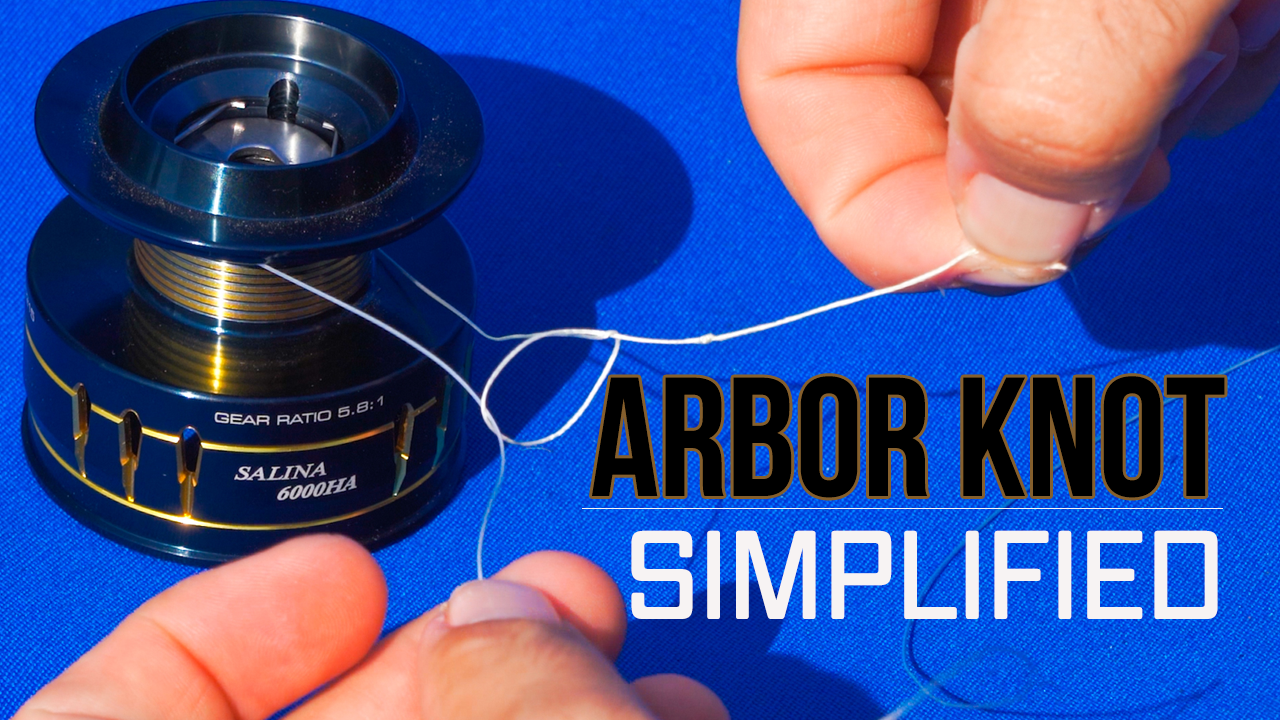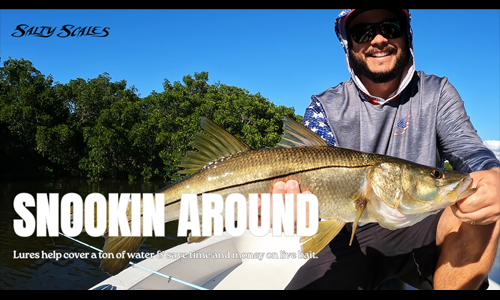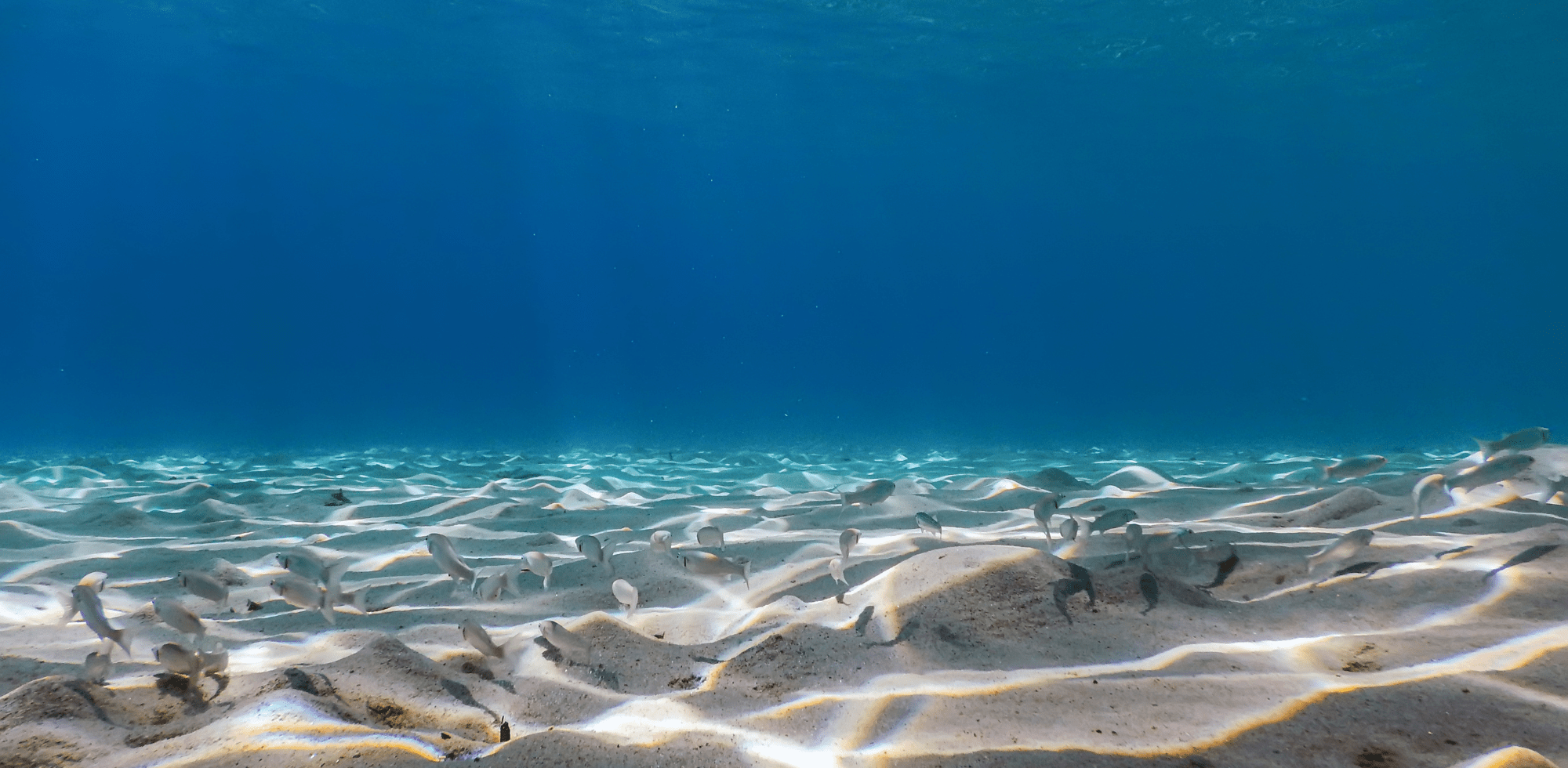
Kayak fishing has gained popularity over the past few decades. Kayaking is a sport that many outdoor enthusiasts love. We'll look closer at kayak fishing, the needed gear, and some tips for getting started.
What is Kayak Fishing
Kayak fishing is using a kayak as a means of transportation to fish in a body of water. You can kayak in rivers, lakes, and even the ocean. Kayaks are often preferred over larger boats because they are quieter and more maneuverable and can make catching fish easier.
Kayak fishing can be done using various methods, including fly fishing, spinning, and baitcasting. Your fishing will depend on the type of fish you're targeting and the body of water you're fishing.
Kayak fishing requires some specialized equipment to get started. Here are some of the essential items you'll need:
- Kayak - The first thing you'll need is a kayak. Many types of kayaks are available, each with pros and cons. Some kayaks are designed specifically for fishing and have features like rod holders and storage compartments. A great example of a good fishing kayak is the OldTown Autopilot 120.
- Paddle - A paddle is essential for maneuvering your kayak on the water. Look for a paddle that is lightweight and easy to use.
- Personal Flotation Device (PFD) - A PFD is a must-have item for any kayaker. It keeps you afloat if you fall out of your kayak and can save your life in an emergency.
- Fishing Gear - You'll need a rod, reel, and fishing line. Make sure to choose gear appropriate for the type of fish you're targeting and the water you're fishing in.
- Tackle Box - A tackle box is essential for storing your fishing gear. Look for a waterproof tackle box with plenty of compartments for organizing your terminal.
- Anchors - An Anchor is used to keep your kayak in place while you fish. Look for an anchor that is lightweight and easy to use.
- Safety Equipment - Besides a PFD, you'll also need a whistle, compass, and flashlight. These items will help you stay safe on the water.
Here is a great video showing why we love the OldTown Autopilot kayak:
Tips for Kayak Fishing If you're new to kayak fishing, here are some tips to help you get started:
- Start Small - If you're new to kayaking or fishing, start small. Choose a calm body of water with minimal currents and work up to more challenging conditions.
- Dress Appropriately - Dress for the weather and water conditions. Wear lightweight and breathable clothing in the summer and warm and waterproof in the winter.
- Practice Paddling - Paddling a kayak can be challenging, especially if you're new to it. Spend some time practicing your paddling skills in calm water before fishing.
- Learn How to Cast - If you're new to fishing, learn how to cast. Practice in a field or on land before casting on the water.
- Choose the Right Bait - The bait you use will depend on the fish you're targeting—research to find out what bait is most effective for the fish you want to catch.
- Be Patient - Kayak fishing can require a lot of patience. Keep going if you don't catch anything right away. Keep trying, and eventually, you'll have success.
- Stay Safe - Always wear a PFD and make sure you have safety equipment like
What to Wear Kayak Fishing
Being out on the water for extended periods can expose you to different elements, such as the sun, wind, and water, and it's vital to have the right gear to protect you and keep you comfortable. One essential part of kayak fishing gear is clothing. This article will explore the various clothing types ideal for kayak fishing.
- Sun Protection Clothing When you're out on the water, you're exposed to harmful UV rays that can cause sunburn and skin damage. Sun protection clothing is an excellent way to protect yourself from the sun. These garments are typically made of lightweight, breathable materials that provide UPF protection, similar to sunscreen SPF. They are designed to wick away moisture and dry quickly, making them perfect for kayak fishing. Some popular sun protection clothing options include long-sleeved shirts, hats, and neck gaiters.
- Quick-Drying Clothing Since you'll be around water for extended periods, it's essential to have quick-drying clothing. This type of clothing is designed to dry rapidly, so you don't have to worry about being wet for long periods. Quick-drying Clothing is typically made of synthetic materials like nylon, polyester, or spandex, which dry quickly and are lightweight. These garments are perfect for kayak fishing as they keep you comfortable, even when wet.
- Layered Clothing Layered Clothing is ideal for kayak fishing because it allows you to adjust your clothing to changing weather conditions. Layering consists of wearing multiple thin layers instead of one thick layer. This approach traps warm air between the layers, keeping you warm in cold conditions. You can easily remove a layer to cool down when it gets too warm. Examples of layered Clothing for kayak fishing include a base, mid-layer, and outer layer.
- Waterproof Clothing Waterproof clothing is a must-have for kayak fishing. This type of clothing is designed to keep you dry, even in wet conditions. Waterproof clothing is typically made of breathable materials that allow sweat to escape, preventing water from getting in. Some popular waterproof clothing options include jackets, pants, and gloves.
- Footwear Kayak fishing requires you to have comfortable and durable footwear. You'll be walking on slippery and uneven surfaces, so it's essential to have shoes that provide a good grip. Water shoes, sandals, and neoprene boots are popular kayak fishing options. Whatever footwear you choose, ensure it's comfortable and offers good support.
Proper clothing for kayak fishing is essential to ensure a comfortable and safe experience on the water. Sun protection clothing, quick-drying Clothing, layered Clothing, waterproof Clothing, and footwear are all crucial when gearing up for your next kayak fishing trip. Make sure to choose clothing that fits well, is comfortable, and provides the necessary protection from the elements. Proper attire lets you enjoy kayak fishing and stay comfortable and safe on the water.
Choosing the Perfect Kayak Paddle For Your Needs

One of the most critical pieces of equipment for kayaking is the paddle. A good paddle can make all the difference in your kayaking experience. This article will explore key factors to consider when finding the best kayak paddle.
- Length and Width, The length and width of your kayak paddle are crucial factors to consider when finding the right one for you. Paddles come in different sizes, depending on your height, kayak width, and paddling style. A too-short paddle will cause you to lean forward and make it difficult to steer, while a too-long paddle will be cumbersome. Similarly, the width of the paddle blade also plays a role in how it performs. Narrow blades are better suited for speed, while wider blades offer more power.
- Kayak paddles are made from different materials, including aluminum, fiberglass, and carbon fiber. The material you choose will affect the paddle's weight, durability, and price. Aluminum paddles are the heaviest but are also the most affordable. Fiberglass paddles are more expensive but lighter and more durable than aluminum. Carbon fiber paddles are the lightest, most expensive, most durable, and most efficient.
- Blade Shape, The shape of the blade is another essential factor to consider when choosing a kayak paddle. The two most common blade shapes are symmetrical and asymmetrical. Balanced blades are uniform on both sides, making them versatile and ideal for beginners. On the other hand, asymmetrical blades have a longer and more curved edge, providing more power and control. Asymmetrical blades are more suited for experienced paddlers.
- Feathering refers to the angle of the blades, where one edge is twisted at an angle to the other. Feathering reduces wind resistance, making it easier to paddle in windy conditions. Some paddles are adjustable, allowing you to change the feathering angle, while others have a fixed feather angle.
- Shaft Shape - The shaft shape is another factor to consider when choosing a kayak paddle. The two most common shaft shapes are straight and bent. Straight shafts are versatile and ideal for beginners, while bent shafts are designed to reduce strain on the wrists and are more suited for experienced paddlers.
- Grip The grip on the paddle is another factor to consider. A comfortable grip can make all the difference in your kayaking experience. Grips come in different materials, including foam, rubber, and plastic. The grip should feel comfortable and secure, even when wet.
In conclusion, finding the best kayak paddle requires careful consideration of different factors such as length and width, material, blade shape, feathering, shaft shape, and grip. Choosing the right paddle will enhance your kayaking experience, making it more enjoyable and comfortable. Take the time to try different paddles and consider your individual needs and preferences before purchasing. With the right kayak paddle, you can explore the waterways with ease and confidence.
Choosing the Best PFD for Kayak Fishing
Regarding kayaking, a personal flotation device (PFD) is an essential piece of equipment that can save your life in an emergency. Choosing the correct PFD is necessary, and there are several factors to consider when making your choice.
- Type There are different types of PFDs, including Type I, Type II, Type III, and Type V. Each type has specific buoyancy characteristics and is designed for various water activities. A Type III PFD is recommended for kayaking as it offers good buoyancy and mobility.
- Fit A PFD that fits well is crucial for your safety. It should be snug but not too tight and allow for comfortable movement. It's essential to try on the PFD before purchasing it and make sure it fits well.
- Buoyancy The amount of buoyancy you need depends on your weight and the kayaking you plan to do. A PFD with more buoyancy is recommended for rougher waters or more prominent individuals. However, too much buoyancy can be restrictive and uncomfortable, so finding the right balance is essential.
- Comfort A comfortable PFD is necessary for a long day on the water. Look for a PFD with adjustable straps and padded shoulders. Mesh or ventilated panels can also help keep you cool and comfortable.
- Visibility A PFD with bright colors or reflective panels can increase your visibility on the water, making it easier for rescue personnel to find you in an emergency.
- Extras Some PFDs come with additional features such as pockets for storage, attachment points for accessories, or hydration packs. Consider these extras based on your personal needs and preferences.
Choosing the Right Tackle Bag for Kayak Fishing
Here are some key features to look for when choosing the ideal tackle bag for kayak fishing:
- Waterproof Material: Since you'll be on the water, choosing a tackle bag made from waterproof material is crucial. Doing so will help keep your gear dry even if the bag gets wet. Look for bags made from materials such as PVC or TPU-coated nylon.
- Size and Capacity: The size and capacity of the tackle bag will depend on how much gear you plan on carrying. Consider the size of your kayak and the space available when choosing the right size for your needs. Some bags are compact and lightweight, while others offer more storage space for oversized items such as tackle boxes or extra clothing.
- Organizational Features: Look for a tackle bag with numerous organizational features such as pockets, compartments, and dividers. Doing this will make finding the needed gear more accessible and keep everything organized.
- Durability: A good tackle bag should withstand the wear and tear of regular use. Look for bags made from durable materials and with solid zippers and handles. Reinforced stitching and other additional features, such as padding, can add to the bag's overall durability.
- Comfort: Since you'll be carrying the tackle bag on your kayak, choosing one that is comfortable to wear is essential. Look for bags with padded straps that are adjustable to fit your body. Some bags also have additional features, such as back support, to help reduce fatigue during long fishing trips.
- Accessibility: When out on the water, you want to access your gear quickly and easily. Look for tackle bags with easy-access pockets or compartments that allow you to grab what you need without digging through the entire pack.
- Compatibility: Finally, consider the compatibility of the tackle bag with your kayak. Look for tackle bags that can be easily attached to your kayak or have additional straps or attachments to keep the bag securely in place.
Overall, the ideal tackle bag for kayak fishing will be durable, waterproof, and have plenty of organizational features to keep your gear easily accessible and organized. By choosing the right tackle bag for your needs, you'll be able to enjoy a more efficient and enjoyable kayak fishing experience.
I hope some of these tips and suggestions will help you quickly adapt and enjoy your time on the water kayak fishing. If you have suggestions for some things that we may have left out, don't hesitate to comment below and share. Until next time, we will see you on the water.
Maybe you are still thinking about which kayak to purchase? Here is an update on the Old town Kayak that may help you make a buying decision:





